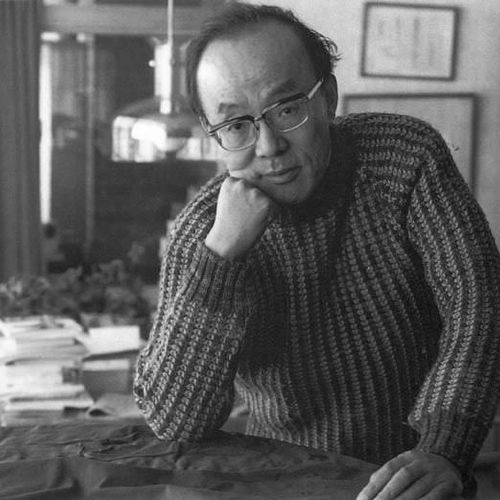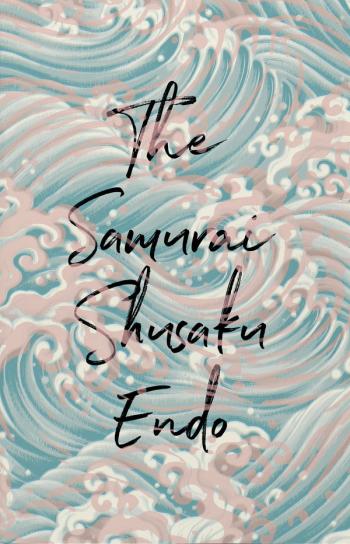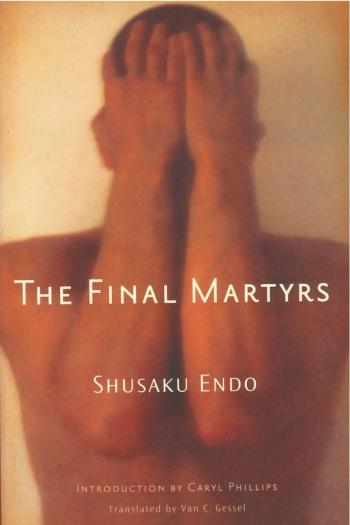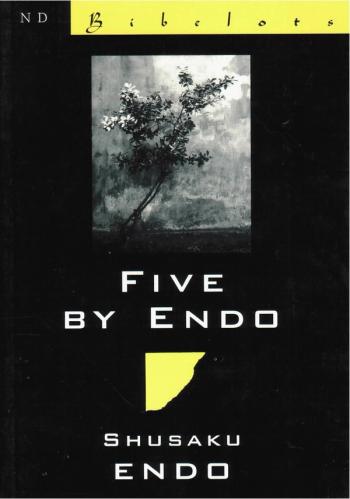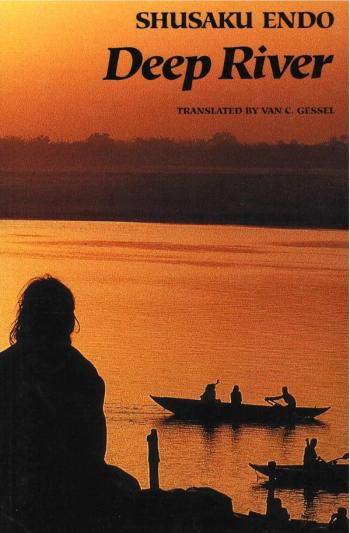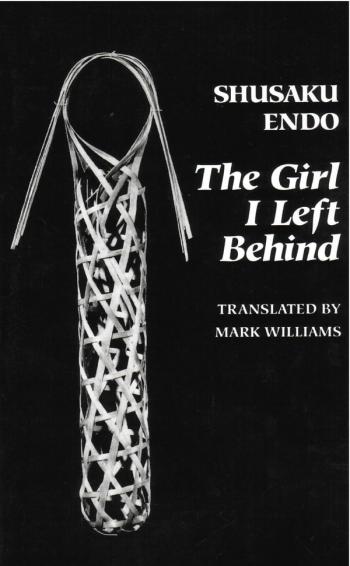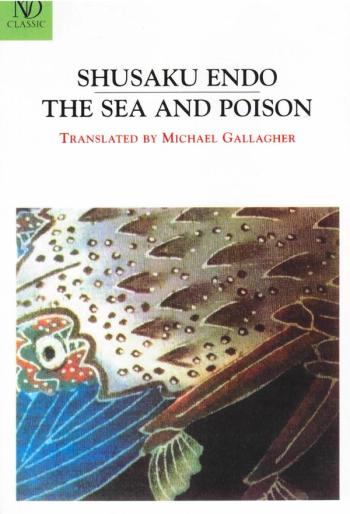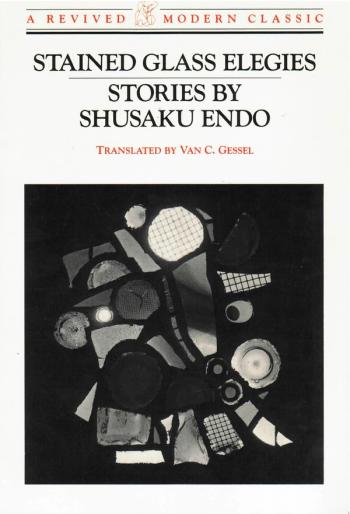Shusaku Endo
Shusaku Endo (1923–1996) was born in Tokyo, graduated from Keio University, then studied in Lyon, France. A famous contemporary Japanese writer, he won many major literary awards. In 1982, he was elected to the Japan Arts Academy. He also received honorary doctorates from a number of American universities.
